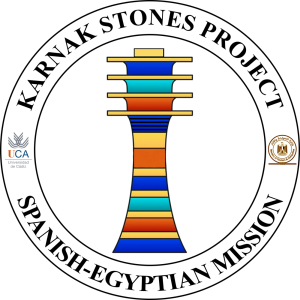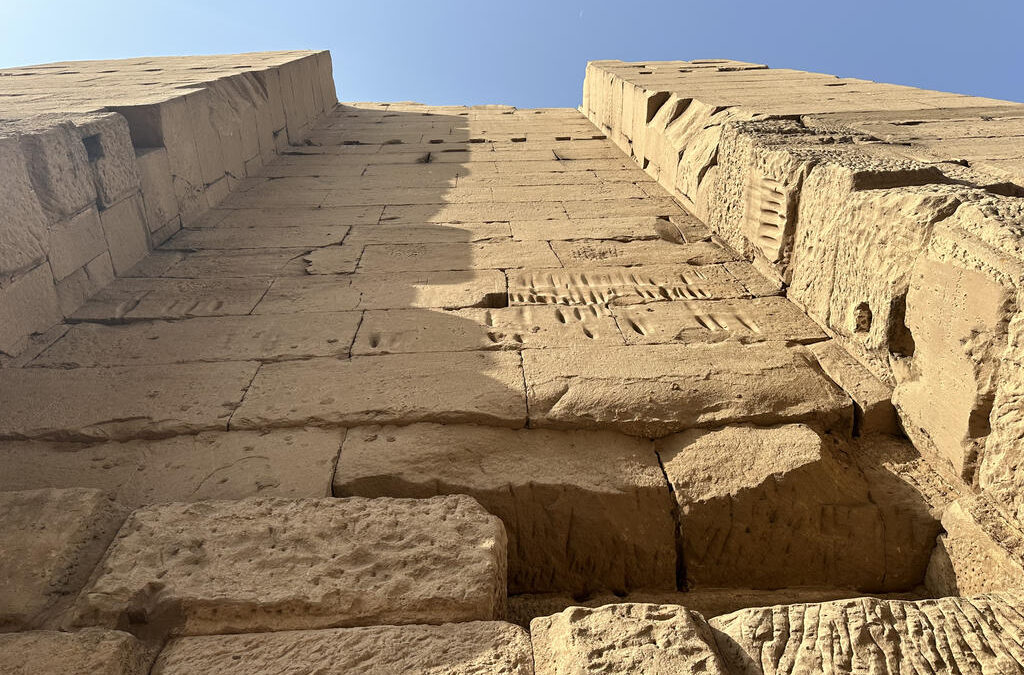Luxor’s unforgiving climate presents a relentless challenge for the preservation of the ancient stone
blocks at Karnak. With daytime temperatures often soaring above 40°C, followed by cooler desert
nights, the stones endure constant thermal stress, leading to expansion and contraction that can
cause micro-fractures over time. Intense UV radiation accelerates surface degradation, while dry
winds whip up fine desert sand, gradually abrading intricate carvings and inscriptions that hold
centuries of history.
Our team is meticulously monitoring these environmental effects, using techniques like ultrasonic
testing, glossometry, and colorimetry to assess changes in stone durability, surface reflectivity, and
pigment stability. We’re also employing 3D laser scanning and photogrammetry to create detailed
digital models, allowing us to track deterioration with precision. By studying the stones’ responses to
these extreme conditions, we aim to develop data-driven conservation strategies tailored to Karnak’s
unique environment.

